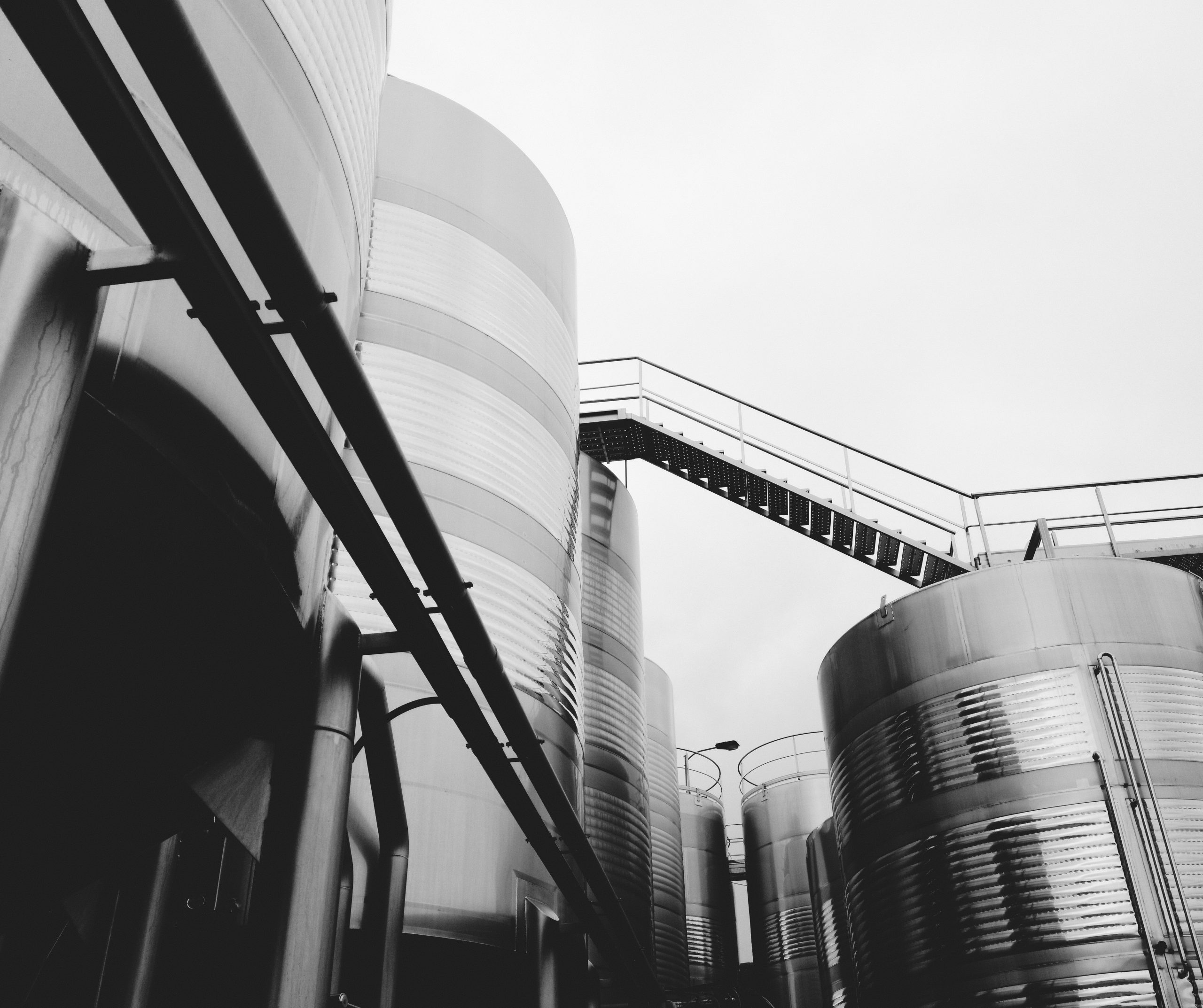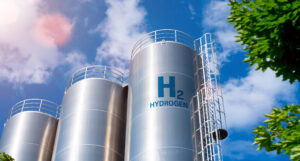The Global Impact of Ammonia Production
Ammonia, a colorless gas composed of nitrogen and hydrogen, is globally one of the most extensive produced chemical compounds worldwide. In 2022 alone, global production of ammonia was estimated at around 150 million metric tons. The same year, the chemical industry, including ammonia production, was responsible for approximately 1.3 Gt CO2, accounting for around 4% of global carbon emissions. This is equivalent to the annual emissions from about 282.6 million passenger vehicles. This significant contribution to global emissions highlights the environmental impact of ammonia production and the importance of decarbonizing it.
The high carbon footprint during the production process makes ammonia production a major contributor to climate change. Its primary application today is in fertilizers, such as urea, ammonium phosphate, and complex fertilizers. In the future, it is expected that ammonia will also play a crucial role in marine fuel, contributing to the defossilization of the maritime industry. Currently, the predominant method for ammonia synthesis is the Haber-Bosch process, which involves the reaction of hydrogen and nitrogen. A key aspect of this process is the vertical integration of ammonia producers into hydrogen production, hence producing the hydrogen required for the reaction in-house. The primary methods for producing this hydrogen are Steam Methane Reforming (SMR) and Auto-Thermal Reforming (ATR), both of which rely on methane (natural gas) and result in carbon dioxide as a by-product.
The key challenge to make ammonia production more sustainable will be to avoid fossil-based CO2-Emissions. There are three main options for ammonia producers who are vertically integrated into hydrogen production:
- Substituting natural gas with Renewable Natural Gas (RNG) or biomethane.
- Leveraging Carbon Capture solutions in either the SMR/ATR processes (either in combination with option #1 or by itself). CCS solutions are key for blue hydrogen and finally climate neutral blue ammonia.
- Creating hydrogen through electrolysis of water instead (and not using methane as feedstock), which needs up to 10 times more energy than using methane.

Discover our solutions to decarbonize the ammonia industry
learn morePolicy Measures Worldwide: Driving green ammonia production
The shift towards greener practices, encompassing both technological innovation and policy reform, is significantly influenced by governmental actions. Key among these is the United Stated Inflation Reduction Act (IRA), which not only incentivizes clean energy through measures like tax credits for clean hydrogen production, but also aligns with the Biden administration's goals for environmental justice and climate change mitigation. This act has spurred many chemical companies, especially those in ammonia production where hydrogen is a primary feedstock, to invest in clean hydrogen facilities, thus advancing green ammonia production.
Similarly, in Europe, the impact of policies and regulations on the chemical and ammonia industries is growing, particularly with mechanisms like the EU Emissions Trading System (ETS) and the Carbon Border Adjustment Mechanism (CBAM). These policies are instrumental in guiding the industry towards more sustainable practices.
Nevertheless, the commitment to sustainability extends beyond public entities. In 2023, 564 companies with primary sector identified as chemicals disclosed publicly to CDP. Moreover, 209 chemical companies are committed to SBTi, of which 114 of them have approved targets. This showcases a growing industry-wide movement towards decarbonization, underscored by both public and private sector initiatives.
Viable Routes to Decarbonize Ammonia Production
As mentioned above, there are several strategies to effectively decarbonize the ammonia industry, including buying green hydrogen directly, Carbon Capture and Storage (CCS), or using renewable natural gas (RNG).
Renewable Natural Gas (RNG), which is chemically and physically the same as conventional natural gas (CH4), is produced through the anaerobic digestion of renewable organic materials such as agricultural residues, energy crops, or manure. By replacing traditional methane with RNG, companies produce low-carbon ammonia, without modifying processes and set-up nor impacting CAPEX. Furthermore, when RNG is combined with Carbon Capture and Storage (CC/S) technologies, it contributes to the creation of 'blue' hydrogen or blue ammonia, enhancing its role as a critical tool in achieving defossilization goals.
The process of producing biomethane from these carbon-rich materials, like feedstocks or organic materials is quite significant. When these materials decompose naturally, they release methane, a potent greenhouse gas, into the atmosphere. However, during this process of producing biomethane, these emissions are captured. The carbon released during biomethane combustion is part of a balanced carbon cycle, effectively neutralized by the carbon absorbed during the growth of the plants that form its feedstock, thus creating a closed-loop cycle. The substitution of natural gas with biomethane in the ammonia production leads to a net reduction in greenhouse gas emissions, and hence a reduced product carbon footprint.
Case Study: SKW Piesteritz
Since 2022, SKW Piesteritz, Germany's largest ammonia and urea producer, has been working with STRIVE by STX to shift towards green ammonia production. This transformation is not just a matter of environmental responsibility but also a strategic business decision, driven by regulatory requirements and market demands.
Eco-friendly ammonia: A case study of innovation
download nowHow can we help you?
At STX Group, we promote the adoption of science-aligned GHG emissions reduction targets among companies worldwide, consistent with the Paris Agreement. Furthermore, it is essential to conduct a comprehensive assessment of opportunities, following the Science Based Targets initiative or ISO 14068, to achieve reductions in direct and value chain emissions according to scientific guidelines.
The transition towards sustainable practices in the chemical sector, including ammonia production, is a necessary step to ensure long-term growth and competitiveness. If you are looking for RNG solutions, whether certification, subsidized or unsubsidized, or varying feedstocks and carbon intensities, get in touch with us.

